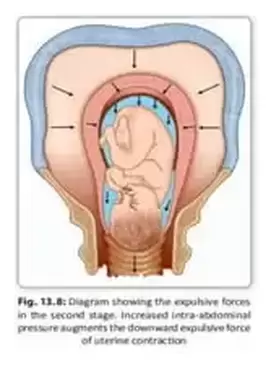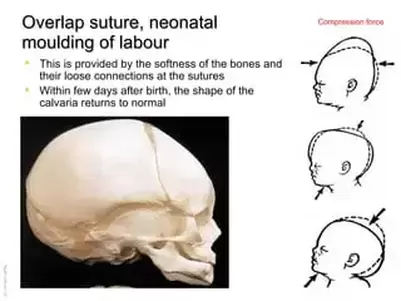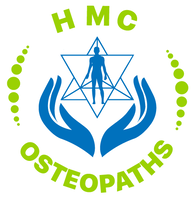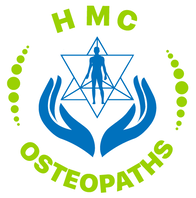|
By Angus Nicol As the tiny human reaches the end of the peace and comfort of their nine month incubation period, they start to descend, head down facing backwards until it engages behind the pubic bone, in a process known as “lightening”. At the same time, preparing for a traumatic entry for their solo journey upon our planet. Mums cervix softens and becomes thinner in preparation to dilate during labour. Labour begins when the muscles at the top of the uterus contract, initiating the baby’s traumatic journey through the cervix/vagina and out into the real world. Towards the start of labour, the water breaks and the baby is released from the sac of amniotic fluid it called home. The initiation of labour is strongly influenced by the release of oxytocin.  Oxytocin is also known as the “love hormone”, and more recently, the “spirit hormone” because of it’s important role in feeling love and in social interaction. This hormone is also thought to play an integral role in feelings of spirituality by enhancing feelings of interconnectedness. This creates a beautiful juxtaposition - The significance of oxytocin helping to initiate labour, the physical separation of mother from baby, with the love hormone responsible for an eternal emotional bond between parent and child. As labour progresses, the mother’s cervix dilates, creating a tunnel that exits the cavernous womb. Contractions get stronger and stronger, forcing the baby’s head down into the cervix. During this process, the baby’s unfused skull bones are squashed and forced to overlap and take on the shape of an elongated cone with a rounded end. Altogether, labour is a process that can last anywhere from a few hours to a couple of days (average 12-14 hours).  Once the baby’s head passes through the vagina, it usually only takes a few more contractions until the rest of the body is liberated. The newborn may appear blue and mottled. However it should take it’s first breath, creating it’s own life force energy, within the first minute following birth. As the baby continues to breathe, appearance should become pinker as blood and oxygen circulates through the body. The baby will be covered in amniotic fluid which is important for the baby to be able to smell and taste, because it creates a sense of familiarity and security in an otherwise alien environment. Following birth, the placenta will also be delivered, along with the umbilical cord. Often the support person will be invited to cut the cord, signifying the end of the newborns physiological dependence on it’s parent. However, connection via skin-to-skin contact immediately following birth is important as it helps start and sustain breastfeeding, and also aids in the maintenance of baby’s core body temperature (which is basically a measure of energy release via heat). Baby will usually ask for it’s first meal around an hour after birth. The newborn will be exhausted from the traumatic birthing process, so shortly after it has been nourished it will usually fall into a long sleep that may last 6 hours. Usually a baby will spend about half of it’s first day on Earth asleep. Baby has been listening to Mums voice for the last half of pregnancy, and will recognise it when you speak to them after birth - they may also recognise partner/support persons voice if they have also been talking near the womb. This creates a sense of security for the newborn, and they may respond by turning their head towards the voice. Your baby will also be able to hear your heart beating as they did in the womb. A new borns vision is blurred at birth but they will be able to focus on your face from about 30 centimetres away - the ‘cuddle distance’ (roughly distance from Mums breast to face). Your baby will make the connection between what they hear and what they see.
0 Comments
Leave a Reply. |
HMC TEAMIf you find something of interest that might suit this space, or would like information on a specific topic, let us know at [email protected]
Archives
December 2023
Categories |

 RSS Feed
RSS Feed
